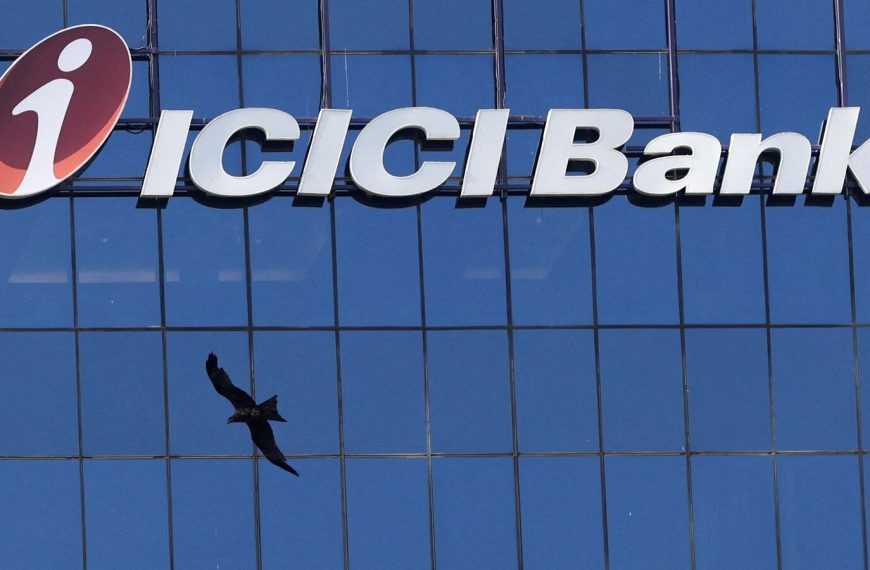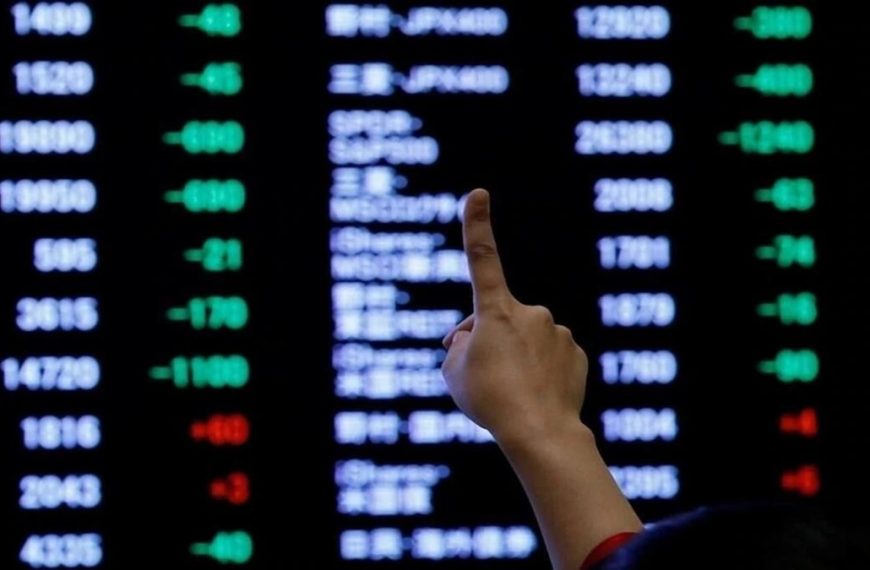The Indian stock market is set to begin on a positive note this Friday, with both the Sensex and Nifty 50 indices anticipated to open higher. This optimistic outlook comes despite a backdrop of global market turbulence, particularly surrounding rising tensions in the US-China trade conflict. While Asian markets faced declines, the Indian market was closed yesterday in observance of Mahavir Jayanti.
Global Market Trends Impacting Indian Stocks
Recent fluctuations in global markets are influencing investor sentiment in India. The US stock market experienced a significant drop overnight, following a day of robust gains. President Donald Trump announced a 90-day pause on reciprocal tariffs for countries that have not retaliated against US tariffs, although he has increased tariffs on China.
- Asian Markets:
- Japan’s Nikkei 225 fell by 5.46%
- South Korea’s Kospi dropped by 1.55%
- Hong Kong’s Hang Seng index futures suggest a lower opening.
RBI’s Policy Shift and Economic Forecasts
In a notable development, the Reserve Bank of India (RBI) lowered the repo rate by 25 basis points to 6%, adopting a more accommodative stance. The RBI also revised its growth projections for India’s GDP for the fiscal year 2026 to 6.5%, down from 6.7%. This move aims to stimulate the economy amid ongoing global uncertainties.
Market Performance and Expert Insights
The Indian stock market faced challenges on Wednesday, largely due to concerns about the implications of Trump’s tariff strategies. The Sensex decreased by 379.93 points (0.51%), closing at 73,847.15, while the Nifty 50 fell by 136.70 points (0.61%) to settle at 22,399.15.
Siddhartha Khemka, the Head of Research at Motilal Oswal Financial Services Ltd, shared insights indicating that volatility in Indian equities is likely to persist until there is more clarity regarding US tariffs. He also noted that the upcoming quarterly earnings season could lead to varied movements based on specific stocks or sectors.
Key Indicators to Watch
US Market Overview
The US markets saw a notable decline, with the Dow Jones plummeting by 1,014.79 points (2.50%) to 39,593.66. The S&P 500 and Nasdaq Composite followed suit, closing down by 3.46% and 4.31%, respectively. Major tech stocks such as Apple, Nvidia, and Tesla experienced sharp declines.
Inflation Trends
In an unexpected turn, US consumer prices fell by 0.1% in March, influenced by lower gasoline and used vehicle prices, marking the first decline since May 2020. This contrasts with economists’ predictions of a slight increase.
Employment Claims
Applications for unemployment benefits in the US rose slightly, with initial claims increasing by 4,000 to a seasonally adjusted 223,000 for the week ending April 5.
Commodities and Currency Fluctuations
- Gold Prices: Gold has surged close to an all-time high, driven by escalating tariff tensions that have increased demand for safer investments. Spot gold rose to $3,205.53 per ounce.
- Crude Oil: Oil prices continued to decline, with Brent crude at $63.03 per barrel.
- US Dollar: The dollar has weakened against major currencies, hitting a decade-low against the Swiss franc.
As investors navigate these turbulent waters, the Indian stock market’s trajectory will hinge on both local economic indicators and global developments. Keep an eye on upcoming earnings reports and geopolitical events that could sway market dynamics.











